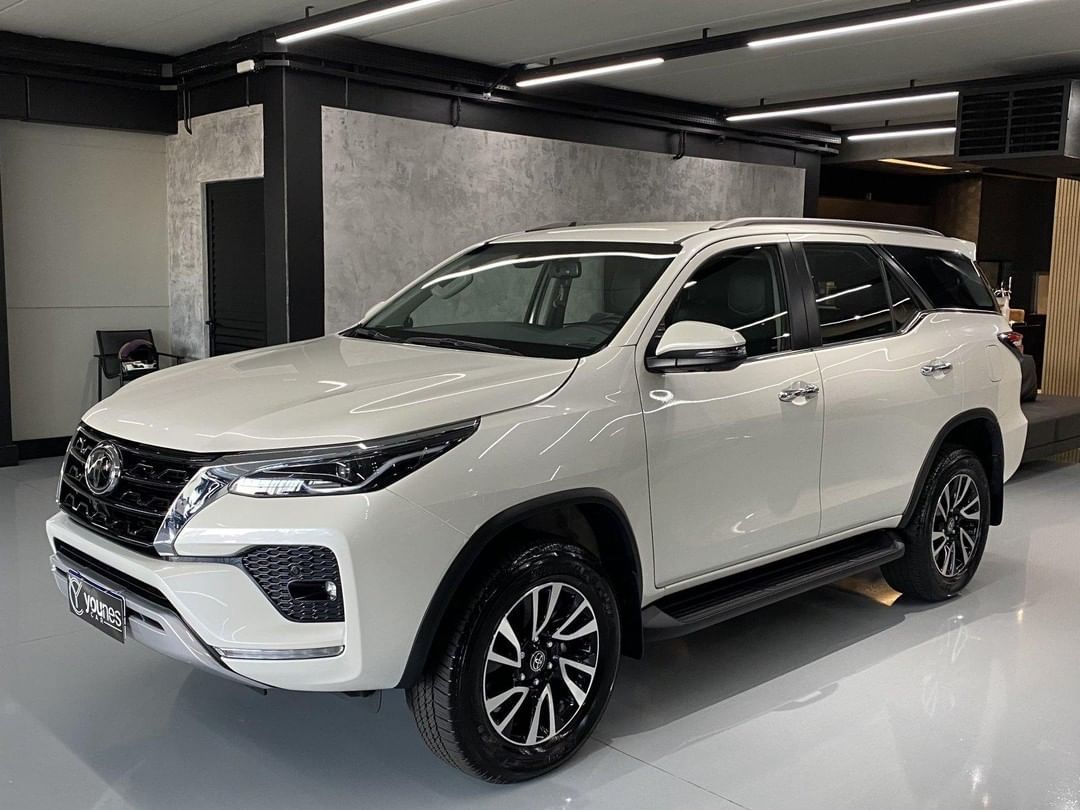Let’s be honest—car maintenance is a chore nobody looks forward to. Whether you’re juggling a busy work life or simply not into spending your weekends under the hood, the kind of car you drive can make or break your ownership experience.
Some cars just get it. They run reliably, demand very little, and cruise past the dealership with a smug grin every few thousand miles.
Others? Not so much. They need constant attention—whether it’s oil changes, spark plugs, timing belts, or weird warning lights you’ve Googled a hundred times.
Now, no car is truly maintenance-free, but let’s face it: not all vehicles are built equal when it comes to how often they need TLC.
In this article, we’re breaking down five cars that are pretty chill when it comes to service intervals—they basically let you live your life—and five that are… well, kinda needy.
If you’re thinking of buying a new or used car and don’t want a second job as a part-time mechanic, this list is going to help you decide what’s worth your time (and what’s not).
Let’s start with the low-maintenance champs, then meet the high-maintenance drama queens.
5 Cars With Long Service Intervals
1. Toyota Corolla
The Toyota Corolla is the poster child for reliability—and it wears that badge with pride. This car is basically the “set it and forget it” option in the automotive world.
Routine oil changes are needed roughly every 10,000 miles thanks to synthetic oil, and major services? You’re looking at big intervals like 100,000 miles for spark plugs and coolant.
Transmission issues are rare, and the brakes usually last a solid 60K or more with normal driving. It’s the kind of car that laughs in the face of scheduled maintenance reminders.
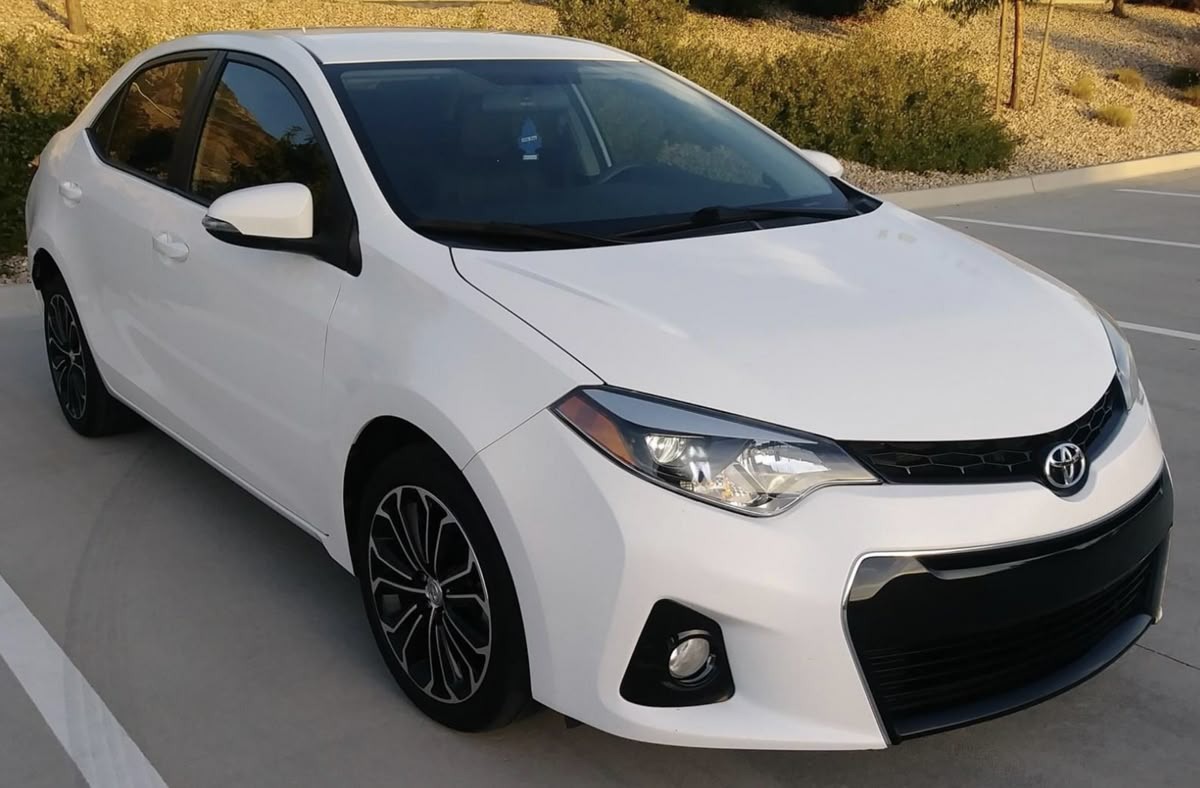
What makes the Corolla a low-maintenance dream isn’t just how rarely it needs service—it’s also how cheap and simple it is when the time does come. Parts are everywhere.
Labor is minimal. Mechanics know this car inside and out. If you’re after a no-nonsense daily driver that won’t demand much, the Corolla should be at the top of your list.
2. Honda Accord
The Honda Accord is another reliable workhorse that’s surprisingly easy on maintenance. This midsize sedan gives you solid performance and upscale comfort without asking for constant attention.
Oil changes? Every 7,500 to 10,000 miles depending on your driving style. The timing chain (not belt) in newer models means one less thing to replace.
Spark plugs go beyond 100K miles, and the transmission is generally solid if you keep up with fluid changes around 60K to 90K miles.
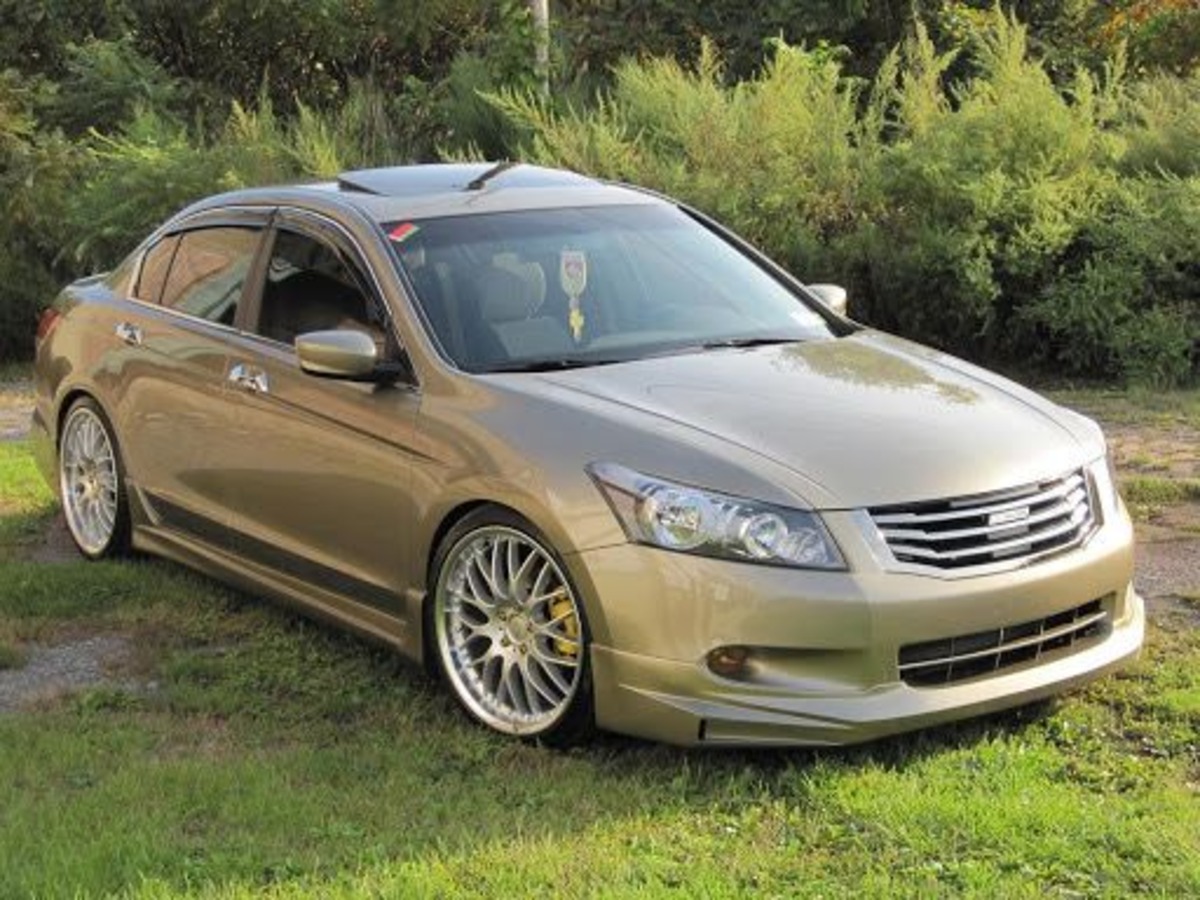
The Accord’s engine just keeps on going, and you rarely hear about major mechanical failures. Plus, Honda’s onboard maintenance minder system tells you exactly what your car needs and when.
No guessing. No over-servicing. Just good vibes and predictable costs. If you want peace of mind with your car, the Accord delivers.
3. Lexus RX 350
Want luxury without the maintenance drama? The Lexus RX 350 is your guy. This midsize SUV offers a plush ride and premium features but underneath all that class is a Toyota heart—and that means reliability.
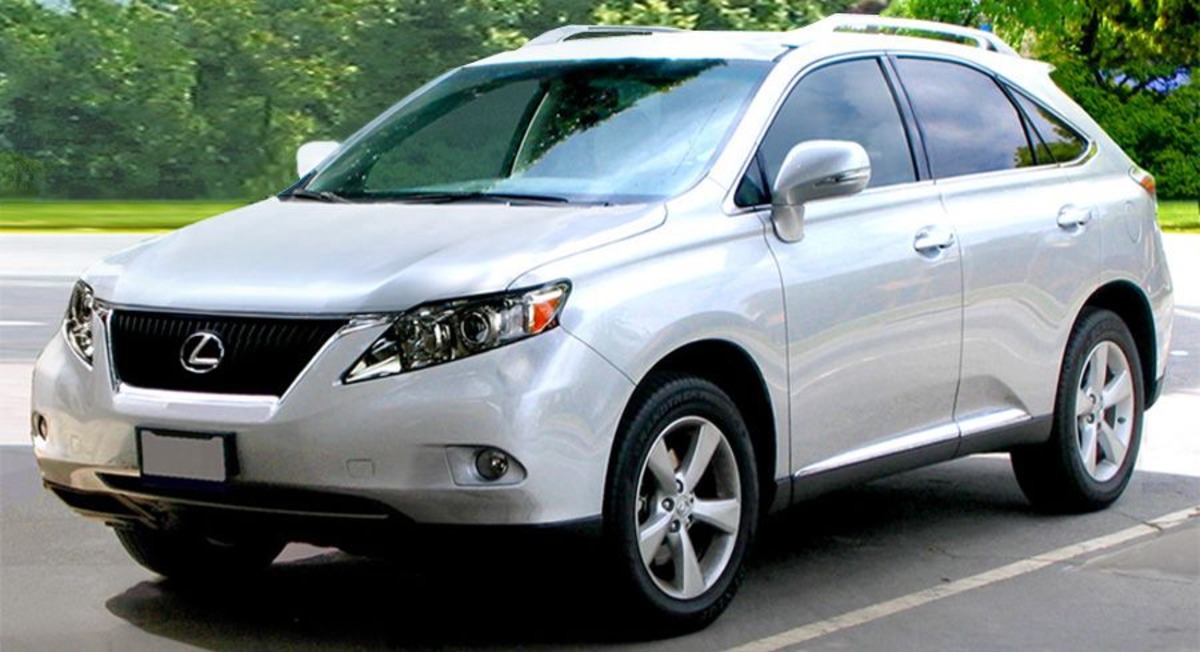
The RX 350 often goes 10,000 miles between oil changes, and major services are spread out with miles to spare. You’re not replacing expensive suspension components every year, and the engine is practically bulletproof if you follow the basic schedule.
What’s cool about the RX is it doesn’t punish you for wanting a nice car. While European luxury vehicles love to eat up service dollars, the RX plays it cool.
It won’t surprise you with warning lights every other week or make you regret that leather interior. Basically, you get comfort and class without babysitting it.
4. Subaru Outback
Subaru’s Outback is a hit with adventure lovers, and surprisingly, it’s also great on the maintenance front. Oil changes are typically needed every 6,000 to 7,500 miles, but it’s the rest of the car that shines.
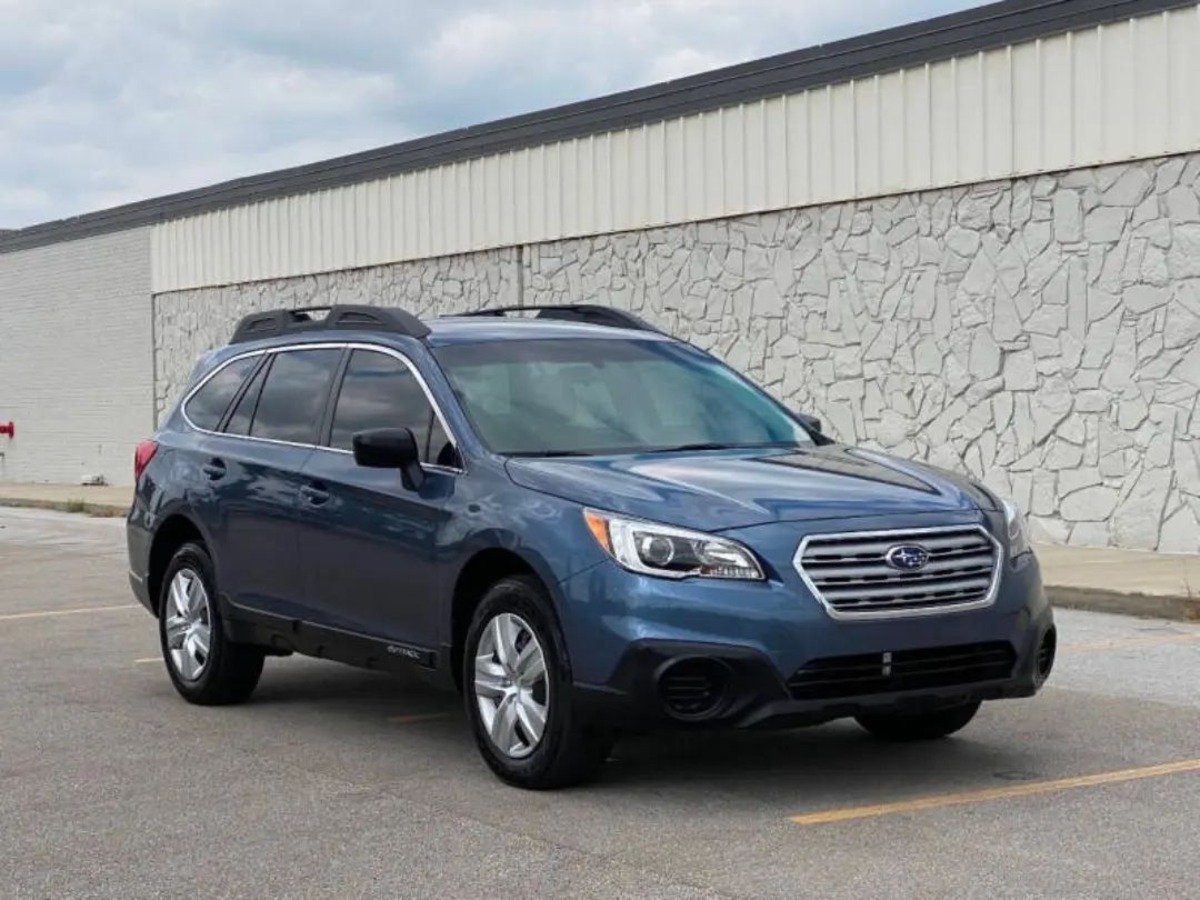
Timing chain? Check. Long-lasting brakes and suspension? Check. The CVT transmission gets a bad rap sometimes, but with proper fluid changes (around 60K miles), it holds up just fine.
What really helps the Outback is how rugged and over-engineered it is. It’s built to be driven in the snow, on dirt roads, and through just about anything.
That means durability is baked in. Sure, you might have to deal with the occasional leaky gasket down the road, but for the most part, the Outback stays off the hoist and on the road.
5. Tesla Model 3
Electric cars flip the maintenance script entirely. The Tesla Model 3 doesn’t need oil changes, spark plug replacements, or fuel system maintenance—because it doesn’t have any of those parts.
Brake pads also last much longer thanks to regenerative braking, and overall, service intervals are minimal. The cabin air filter needs swapping every 2 years, and the battery coolant can go for 100,000+ miles.
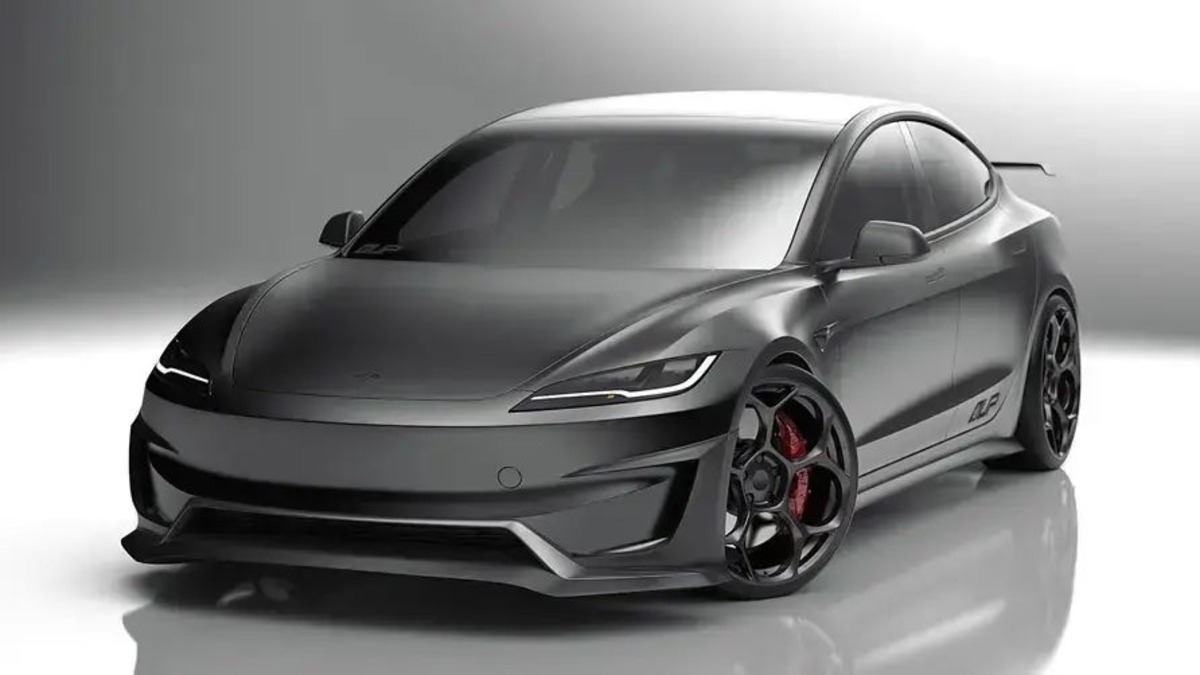
Of course, software updates roll in automatically, and diagnostics are remote. Tesla does recommend checking things like tire rotation and alignment regularly, but otherwise, the Model 3 basically just works.
As long as you don’t have issues with build quality or electronics (early models had a few hiccups), this is one of the lowest-maintenance cars you can buy today.
5 Cars That Need Constant Attention
1. BMW 3 Series (especially older models)
Let’s not sugarcoat it—owning an older BMW 3 Series is like dating someone hot who texts “we need to talk” every other week. It’s stylish, fun to drive, and makes you feel like a million bucks… but the upkeep is a lot.
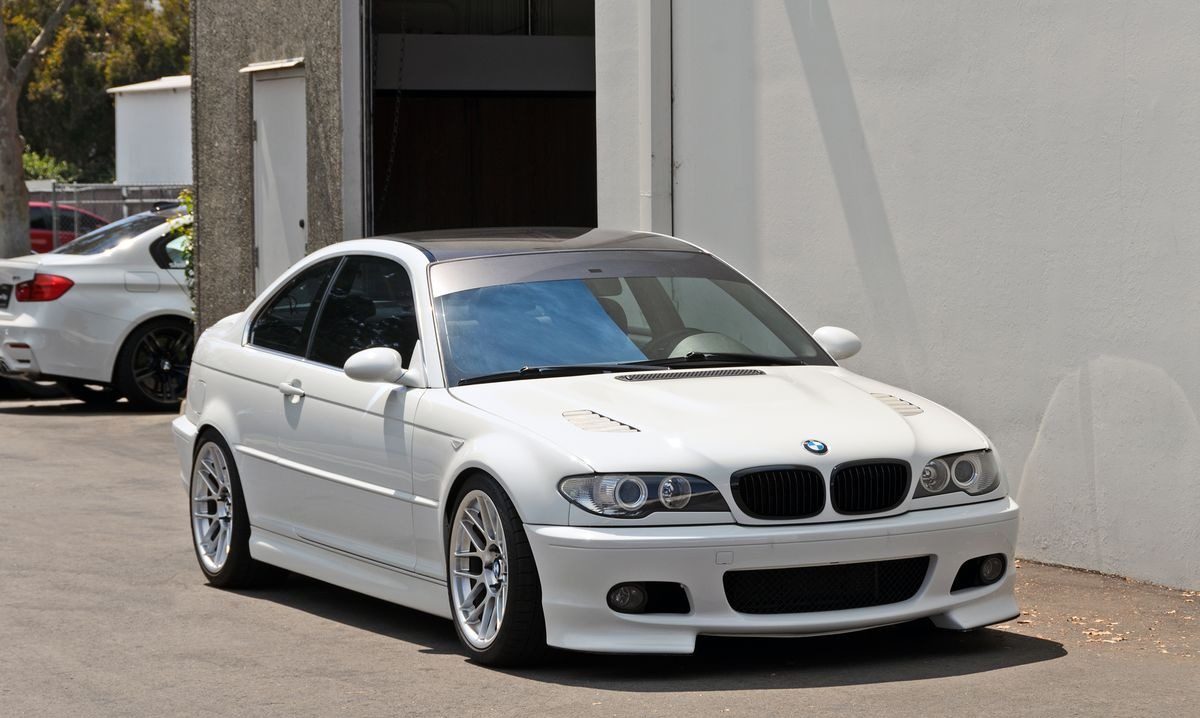
Oil leaks from valve covers and oil pans are common. Coolant systems love to fail at the worst times. Suspension components wear out faster than you’d expect. Service intervals are short, and if you miss one, things spiral.
Even simple things like replacing a battery can turn into a dealership-only headache due to system programming. And don’t get us started on run-flat tires and random electronic gremlins.
If you’re buying a used 3 Series and think you’ll get away with skipping maintenance, think again. You’ll need a mechanic on speed dial.
2. Jeep Wrangler
The Jeep Wrangler is a beast off-road, no question—but daily driving it comes with a price. You’ll be chasing down rattles, weird vibrations, and worn-out suspension bushings more than you’d like.
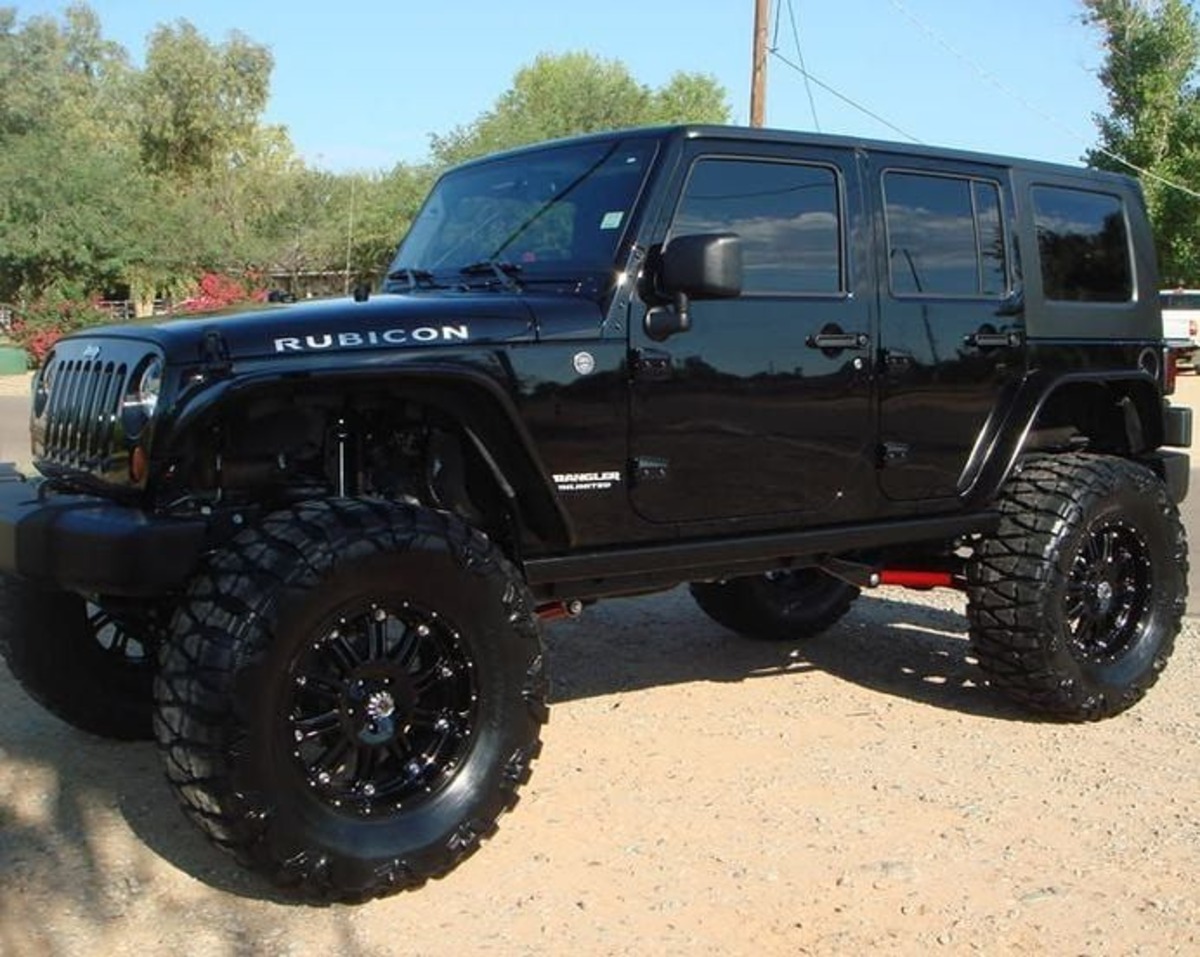
Oil changes are more frequent (every 5,000 miles ideally), and the rough, upright design tends to wear out parts faster, especially if you do any real off-roading.
Older Wranglers in particular are notorious for leaking fluids and eating through ball joints, u-joints, and steering components.
And if you lift it or modify it (which most owners do), expect even more frequent attention. The Wrangler’s rugged charm is real, but so is the maintenance checklist that comes with it.
3. Mini Cooper (especially pre-2015 models)
If you love personality in a car, the Mini Cooper delivers in spades—but you’ll pay for it with wrench time.
Older models especially have been plagued by reliability issues: timing chain tensioners that fail early, water pumps that quit without warning, and carbon buildup in the engine that requires expensive clean-outs. You’ll be under the hood—or paying someone to be—a lot.
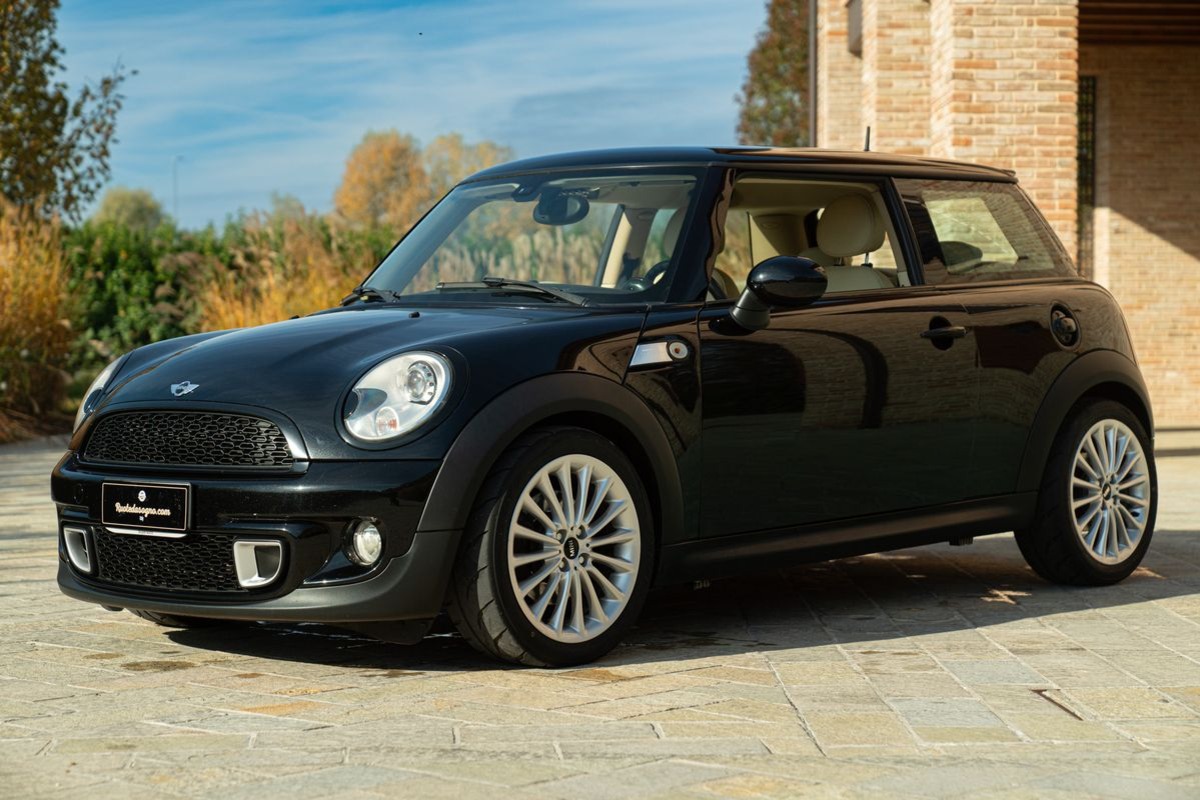
Oil consumption is another biggie with these, and electrical gremlins love to pop up just as you’re feeling good about life.
It’s not that Mini Coopers can’t be fun and peppy rides, it’s just that they demand more care than your average compact. If you’re not ready to be that kind of car parent, look elsewhere.
4. Range Rover Sport
Here’s the deal: Range Rovers look amazing and drive like a dream, but their maintenance reputation is, frankly, awful. From air suspension issues to unreliable electronics and constant warning lights, owning a Range Rover Sport often means you’re either going to the mechanic—or already there.
The oil change intervals are short, and even basic maintenance costs way more than you’d expect.
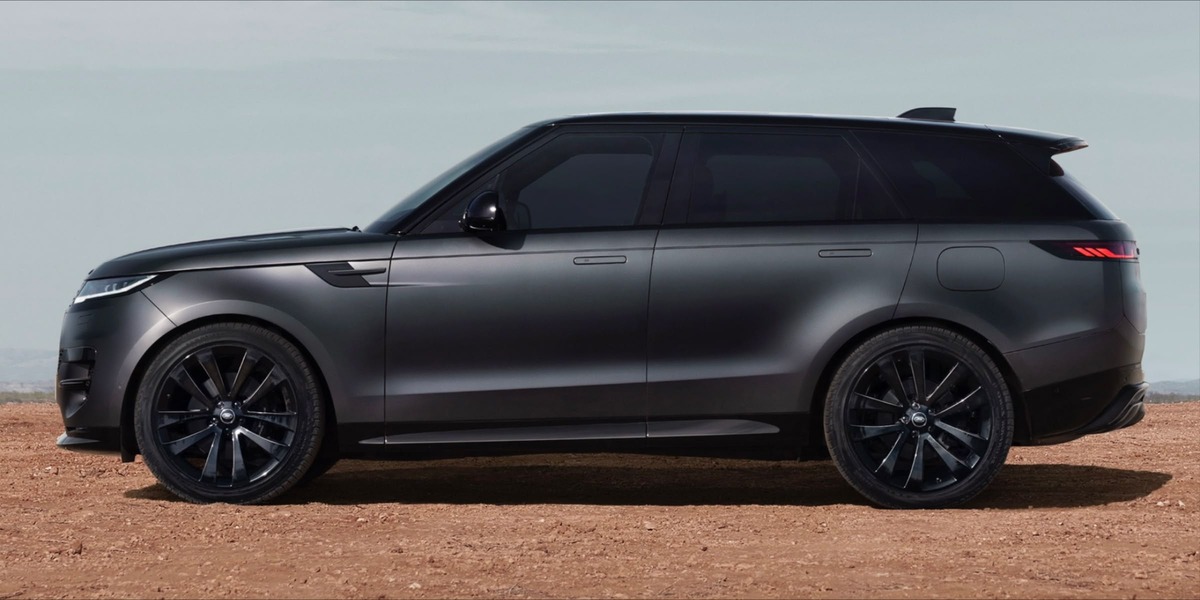
Add to that transmission issues, leaky differentials, and a tendency for sensors to throw tantrums, and you’ve got a luxury SUV that behaves like a drama queen. If you’re thinking of buying one used, make sure you’ve got an extended warranty or a really good mechanic on speed dial.
5. Alfa Romeo Giulia
It’s gorgeous, it’s fast, and it handles like a dream. But the Alfa Romeo Giulia is not for the faint of heart. The engine is a gem, but it demands frequent oil changes (every 5,000 miles), and there have been complaints about transmission hiccups and electronic glitches.
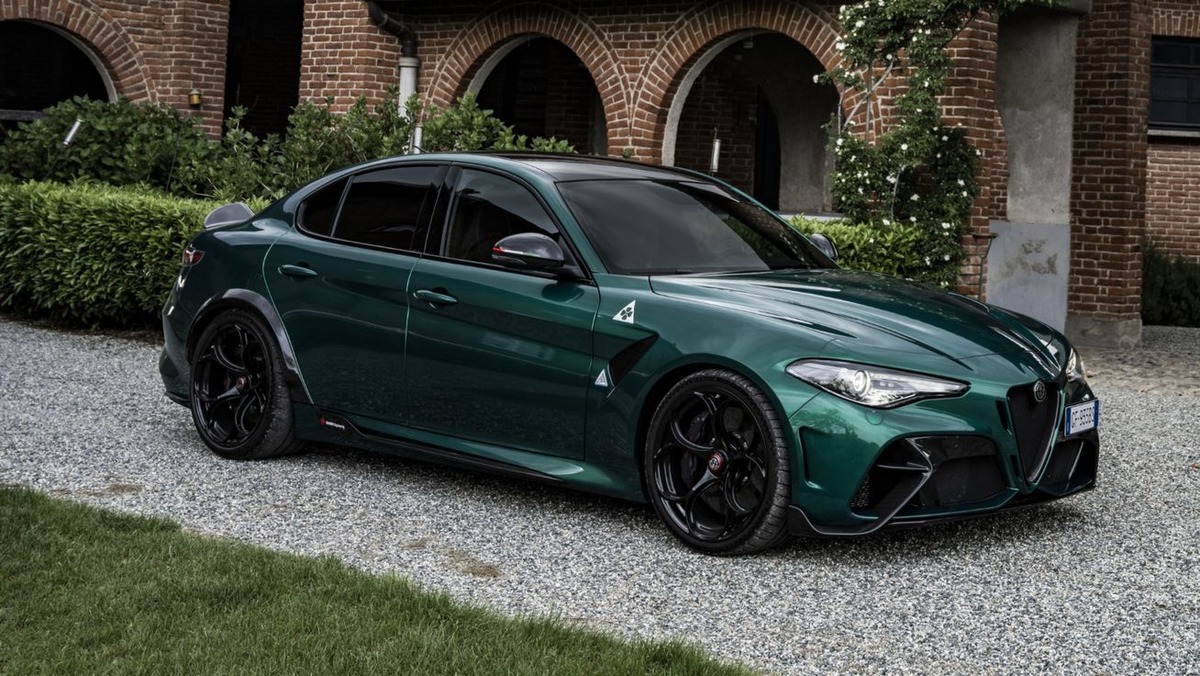
Infotainment bugs, sensor failures, and weird noises from the suspension are all part of the Giulia ownership experience.
Alfa doesn’t exactly have the best dealer network in the U.S., which makes finding parts and good service a pain. And let’s be real—reliability has never been Alfa’s strong suit.
If you want the Giulia, go in with your eyes wide open and be ready to keep a close eye on everything from battery drain to brake squeal.
So, what’s the takeaway? If you want a car that mostly minds its own business and lets you enjoy the drive, stick with reliable names like Toyota, Honda, or Lexus—or go electric with a Tesla.
On the flip side, if you’re into looks, performance, or off-road action, just know it might come at the cost of more frequent repairs and service bills.
At the end of the day, every car needs love, but some are definitely more demanding than others. Choose based on your lifestyle, your patience level, and how often you want to see your mechanic’s face.

